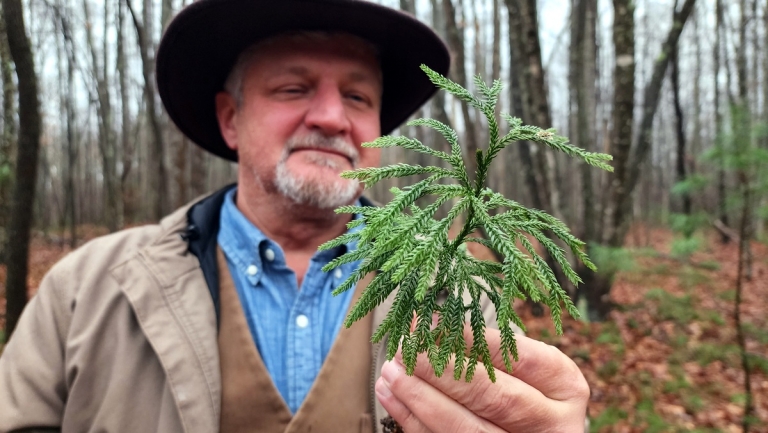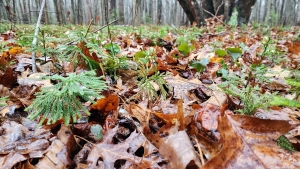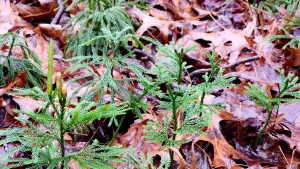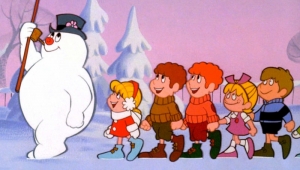
SHADY SPRING, W.Va. — Frequent visitors to the West Virginia woodlands, especially to the mountain counties, are likely familiar with this evergreen groundcover. Though inedible, the plant was harvested to the point of becoming rare for two peculiar reasons.
Diphasiastrum digitatum, or Lycopodium digitatum, as the plant is scientifically known, is so common in the central Appalachian Mountains that it goes by dozens of different names. In parts of West Virginia, it is known as "ground pine." In adjacent areas in Virginia, it is sometimes known as "bear's claw."

Found as far north as Nova Scotia and as far south as northern Georgia and Alabama, it's also known as "ground cedar," "creeping cedar," "wolf’s paw," "crow's foot," or and "fan clubmoss." This latter name may be the most accurate as the plant is a type of club moss, also known as Lycopodiopsida. The "lyco" element of the word refers to a wolf, and the "podio" to a paw.
Its name, "ground cedar," is due to its resemblance to cedar boughs lying on the ground. Like a mature cedar tree, its leaves are scale-like and pressed close together. It usually grows to about four inches tall, though its spore-bearing stalks, or "strobili" are taller.
Though the plant may be edible in theory, it has an unpleasant taste, is potentially toxic, and contains the poison "lycopodine." There are claims that a tea made from the plant can alleviate nausea, vomiting, and diarrhea and, over time, can calm stomach ulcers and diverticulitis and support urinary tract health and kidney and bladder infections. However, there are no quantified proofs of such benefits. It is also claimed that indigenous peoples used it to induce labor.

Why, if not edible or medicinal, would the plant be overharvested? Mainly because of its decorative qualities. Until recently, it was frequently harvested for use in Christmas ornaments. Though many Americans are now more used to purchasing fabricated wreaths and garlands, many turned to the groundcover for homemade decor.
However, harvesting fed an industrial need in the late 19th and early 20th centuries. It turns out that the plant's spores are highly flammable when dry. Lycopodium powder was ideally suited for use in flash photography and fireworks. Thankfully, new compounds and technologies are employed to achieve results, and much of the harvesting has been eliminated.
Today, though still often harvested locally at Christmas, the plants are returning in the wild and are a favorite of lovers of the outdoors who desire to see green in winter.
It's also worth noting that the plants often appear in young woods where the soil has been disturbed, and their presence in carpets and drifts also signifies areas formerly in pasture and farm. When studying the woodland landscape, they provide a key to understanding the recent past.
Tale of "Frosty the Snowman" is rooted in mountains of West Virginia

Few West Virginians may know that the tale of "Frosty the Snowman" came to life in the Mountain State. While the story by Walter E. “Jack” Rollins, who was born in Keyser, West Virginia, doesn't specify West Virginia as the setting, the song he co-wrote in 1950 originated here among the peaks of the Allegheny Mountains. READ THE FULL STORY HERE.
Sign up for a FREE copy of West Virginia Explorer Magazine in your weekly email. Sign me up!




























